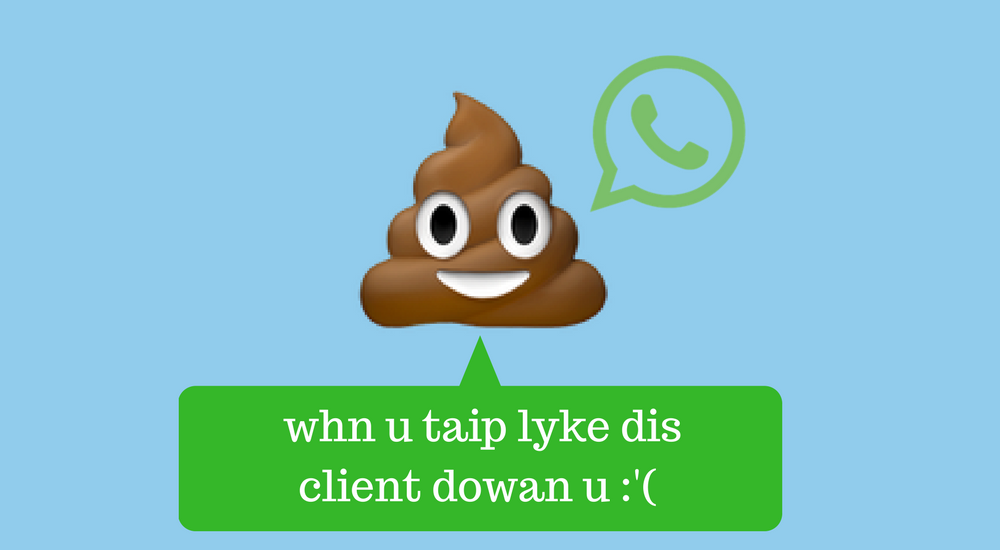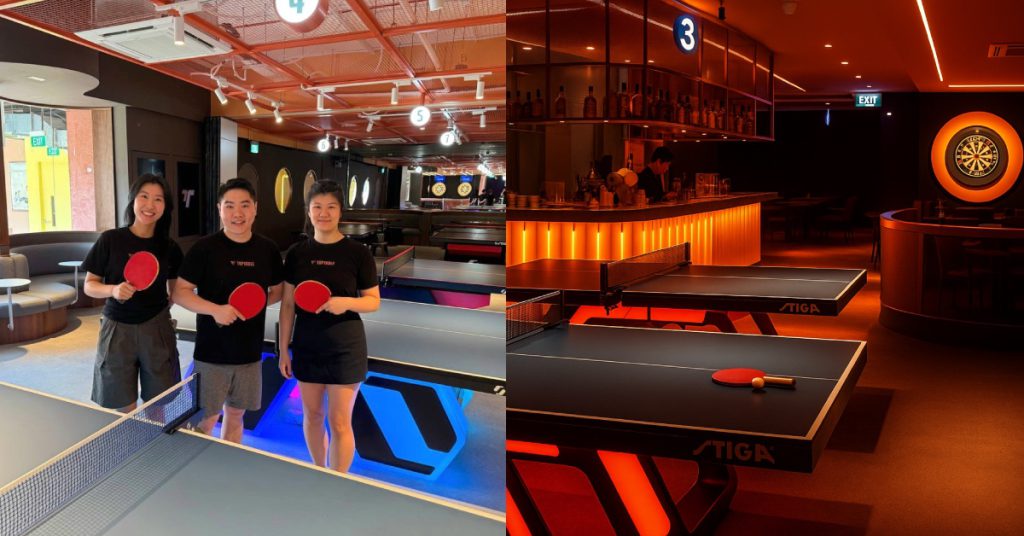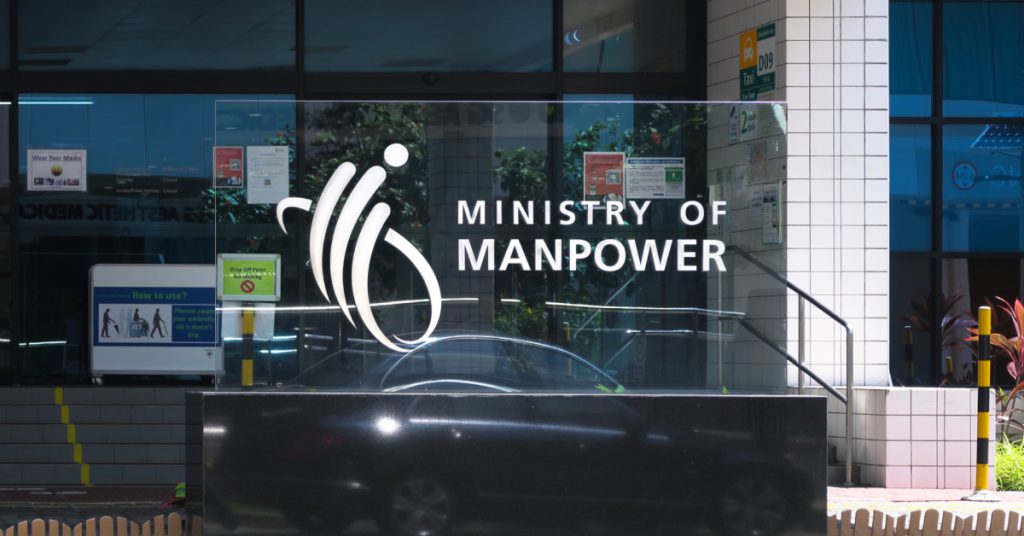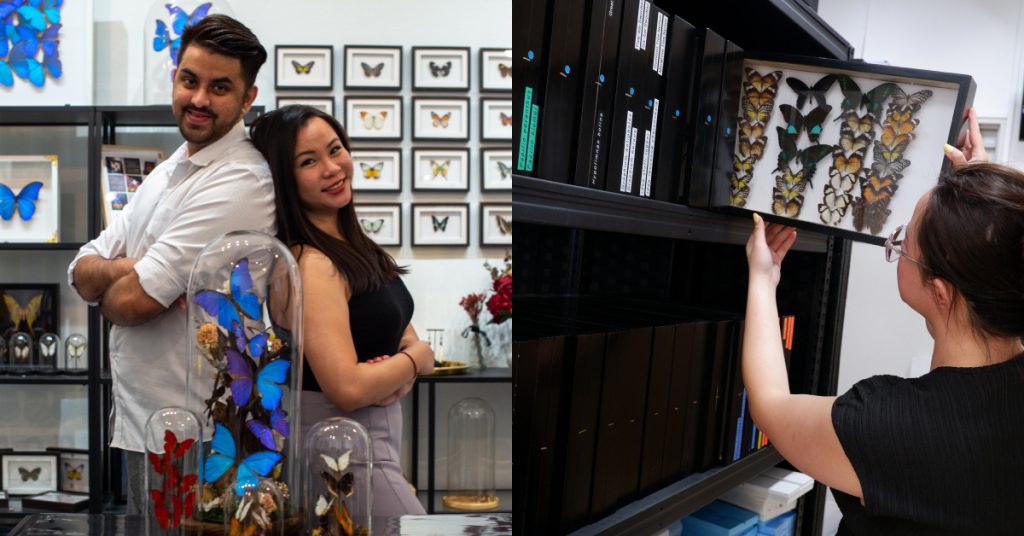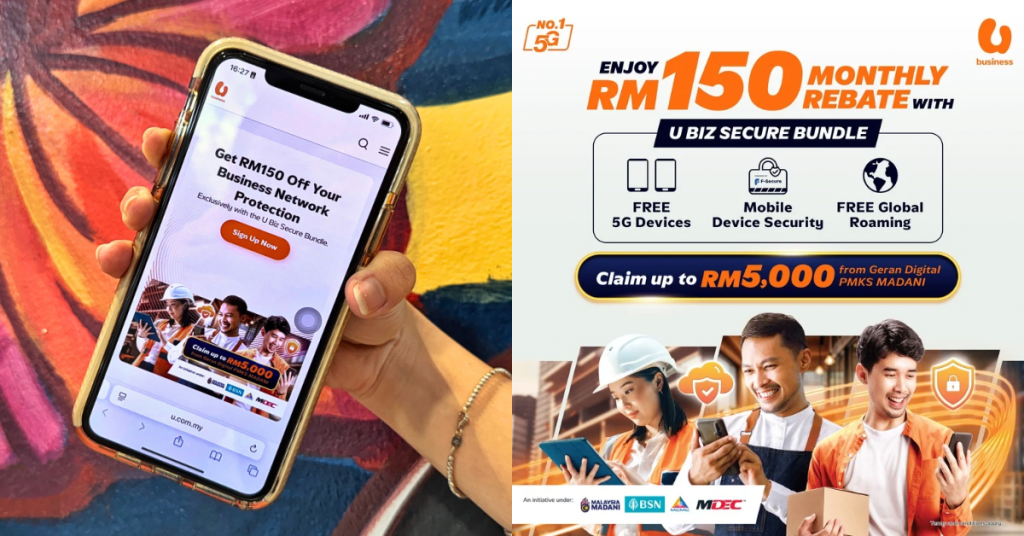WhatsApp needs no introduction here in Malaysia, standing as one of the most used chat apps by everyone. Regardless if it’s for business or for pleasure, no Malaysian’s transition to the smartphone is complete without the little green chatbox occupying the home pages of their phones.
And in this growing age of intermingling between all aspects of our lives thanks to the social media boom, it makes perfect sense that WhatsApp has become a valuable business tool to reel in those juicy clients. It’s fast and efficient, and people are more likely to feel less pressured when conversing on a casual medium like WhatsApp. The engagement rates are also proven to be higher.
But, like any social interaction there is an unspoken etiquette to how these things function. And where there is the possibility of a faux pas, there are surely the poor misguided souls who are unknowingly making others uncomfortable.
So this is what this list is for. To help those poor souls.
1. “What Do You Mean This Isn’t Email?”

I completely understand the impulse to approach your clients with a more formal tone, especially those do-gooder types who work in more traditional companies. It is an accepted philosophy that it’s better to err on the side of formal until proven that you can do otherwise.
But if you’re going to send a text that pretty much looks like an email, then you’re better off just sending an actual email. When people read WhatsApps, the expectation is that it supposed to be a more casual setting.
Sending a WhatsApp like a formal email is like someone who appears at a cocktail party and gives a rehearsed presentation, with slides. A cocktail party can still be a great avenue to network as a business, but a detailed presentation is not needed or welcome there.
Don’t forget to remain polite, but you can definitely make do without the bureaucratic fluff. Just go straight to the point, and be nice about it.
2. Unrecognisable Short Forms

On the other side of the spectrum is people who act way too casual with you on WhatsApp.
First of all, let me just clarify that it is perfectly okay to use short forms in your texts, and that you should feel free to express yourself in emoji form. It is a more personalised method of communicating anyway, so personalise.
But the key point is still this; communication. And any point in texting your clients will be lost if your clients or professional contacts can’t even understand what you’re saying. So if you’re generally quite liberal with your acronyms, perhaps consider liberating yourself from such constraints.
At the very least, stick to the short forms that most people understand and use as well, for minimal confusion.
3. JPEG Spammer

This usually applies more to the types of crowds that run events and are desperate to get people to attend, but JPEGitis can inflict anyone. It is the unfortunate disease that impacts WhatsAppers who are trying to grab attention any way they can, with as many people as they can touch.
In their pursuit to getting client-senpai to notice them, the assumption seems to be that a specially designed image is attention-grabbing and unique enough that the recipients would give it a chance, and be intrigued enough not to notice or care that these images have also been sent to many other different people.
This is especially made worse when the same person doesn’t stop sending image after image invitation (or even memes) to the recipient without so much as any thought or indication that there is a living, breathing person on the other side.
The key here is personalisation. Send these images, but also include a short message acknowledging you and your recipient’s joint human connection on this mortal realm. Include a more personalised blurb about what your invitation/event is about, then send the image over. Send over signs of life. Your readers will appreciate the human connection, too.
4. Unwelcome Group Greeting

Either as a way to disseminate the same message to your clients, or in a misguided attempt to want to get your constituents to mingle, most people are generally not happy about randomly getting dragged into a group with strangers, and very minimal common interests.
And this is not adding to the insult on injury that is the kinds of group-adders who don’t even consult with their clients or work associates before bunching them up in groups. Of course, they are all free to leave whenever they want, but this is just not good etiquette. Just as it is important to establish consent in a date, it is equally important to establish consent before group-adding.
And just as an extra protip: You can use the ‘Broadcast List’ function on WhatsApp to send the same message to several of your WhatsApp contacts at once. This is the best way to send out celebratory greetings or mass FYI’s to your professional connections without annoying them.
5. The Slow Response

More than just WhatsApp etiquette, this is really something of general considerations for your clients, as with everything from email to verbal conversations. Taking heart to reply to anything as soon as possible showcases that you take your clients’ wellbeing and concerns into consideration, and will make them view you favourably for when the next account is being considered.
But if you have not made any promises to get back to your clients or associates, then it is a general rule that if it takes more than one working day to reply, then you’re taking too long. Of course while WhatsApp is an instataenous platform, this doesn’t mean our response has to be INSTANT and IMMEDIATE as well. We may have other work commitments, or the client might be messaging at unreasonable hours. (after office hours, or say late into the wee hours of night)
Taking these into consideration, the 1-day rule is generally a good rule, as it is still fast, but takes the leeways mentioned above into consideration.
6. The Novelist

It doesn’t seem so bad when you’re breaking the wall down into multiple consecutive texts, but that’s just a different dressing to the same problem. This is especially egregious if you’re just starting out the text and already you’re spamming clients with long walls of text. Talk about a bad first impression.
Reading long walls of texts is always annoying, but it is almost triply so on WhatsApp. Especially so when you’re scrolling down the long string of words. At least on WhatsApp, your clients are thinking “Nobody has time to read all of this,” which is now wasted effort on your part because you had to type all of that out.
If you really have that much to say,you can probably say it better in a call or on email. Heck, use WhatsApp to ask if they’re free for a call. It’s certainly less things to type.
And to top it off, the other most annoying WhatsApp message also tends to fall under this category; the long chainmail copypastas.

People have hated chain mail back in the days they were actually put into envelopes and physically slotted into home mailboxes.
Continuing this trend (and fearmongering fake news) helps no one.
What other work-related WhatsApp fails have you been subjected to? Let us know in the comments!



